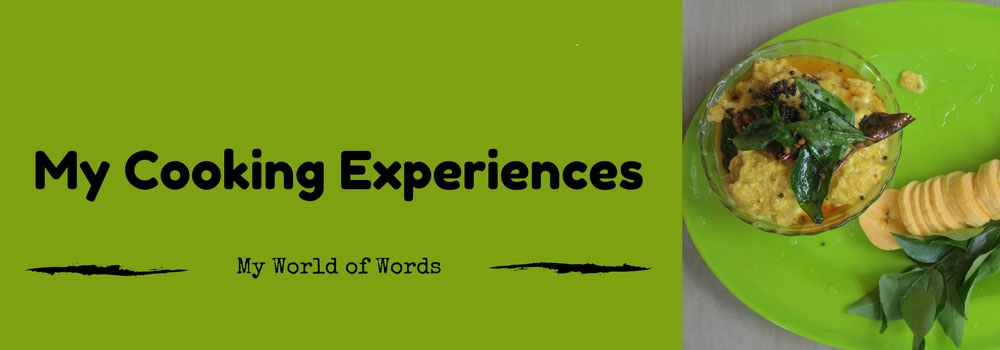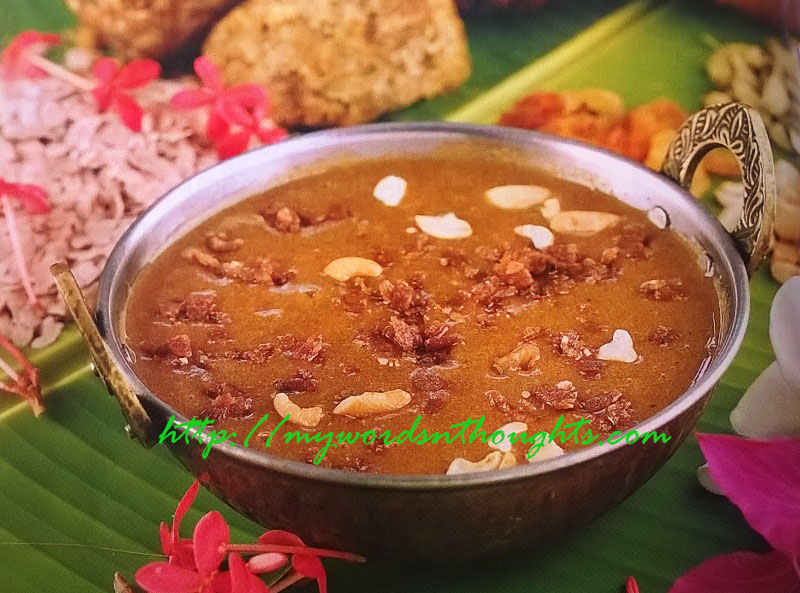What’s a Nilavara?
In ancestral Kerala homes called ‘Tharavaadu’ and king’s palaces, there were many secret storage places to store precious holdings, weapons etc. Poojas too were conducted in such places, accessible only to family members. Such rooms are specially constructed in the remote interior of homes where ornaments, documents and other valuables are preserved and stored safely. Such places are called Nilavara. Nilam means ‘floor’ and Ara means covered area.

Interior of a traditional Kerala home
Nilavara mainly of two types
In old Naalukettu and Ettukettu traditional homes, special room similar to store rooms of today are constructed to store rice, banana, jackfruit and other provisions. Seeds to be sown for the next season are also preserved in such nilavaras. Thattinpuram is yet another form of Nilavara, where the upper space below the roof and above the ceiling is used to store such things. It was quite mandatory in old homes to construct thattinpuram, and usually constructed using wooden slab pieces. Thattinpuram – means top of ceiling.

Lock to a nilavara of a heritage home
Nilavara is also constructed to install (Kudiyiruthal in Malayalam terms) the deity Kuladevatha (Paradevatha) where poojas are conducted. Kuladevatha is the family goddess and as per Hindu beliefs she safeguards the family from dangers.
Nilavara – A place for storage of weapons and old palm leaf writings
In kings’ forts nilavaras are prepared to store and hide secret weapons. Such nilavaras were built in the homes of warriors of yesterdays, both for storage of weapons and to worship Paradevatha. Now also many of such weapons like swords, knives and urumi, shield and antiques like methiyadi (a type of sandal used during old days), Velli kettiya chooral (stick with silver) etc are preserved in such nilavaras of heritage homes. Palm leaf writings on black magic (mantravaadam), mantras and secret messages were also stored in nilavara.

Front end of Pathaayam or Nilavara of a heritage home
Nilavara of temples
Now also nilavaras are constructed in temples to store valuable ornaments, bronze vessels and other pooja accessories. Thiruvabharanam – ornaments exhibited only during annual festival celebrations are stored in such nilavaras. Nilavaras attached to Oottupura where devotees are given food (Prasada oott), are used to store huge collection of utensils, mostly of metals.














………….Good.
Your website is really good. However, you could have said few words about Muslims and Christians living in Kerala (without them the culture is not complete).
Lot of interesting information. May God bless you to add more so that future generation will carry on the tradition and culture.
why not…. But have you checked these two topics?
https://mywordsnthoughts.com/all-about-kerala/when-the-heritage-thazhathangady-mosque-opened-doors-to-women-for-two-days/
https://mywordsnthoughts.com/all-about-kerala/st-george-syro-malabar-catholic-forane-church-edappally-to-visit-this-christmas-season/